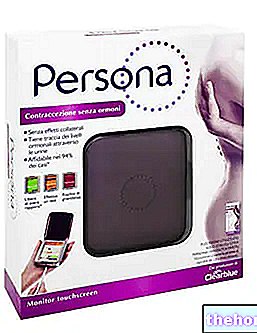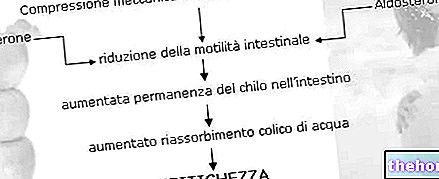ICSI - Intracytoplasmic Sperm Injection
The in vitro fertilization group also includes the "INTRACYTOPLASMATIC INJECTION OF SPERMATOZOI (ICSI). This technique consists in the microinjection of a single sperm per oocyte.
The technique is very similar to in vitro fertilization but, instead of incubating the spermatozoa with the egg, one of them is injected directly into the egg.

ICSI is used when the previous techniques have not provided the desired results, due to immunological problems or due to the poor quality of the spermatozoa or oocyte. It may in fact happen that the partner's sperm is not of sufficient quality to be able to penetrate, thanks to the release of specific enzymes, the barriers that protect the ovum, first of all the zona pellucida. In other cases, the number of spermatozoa produced is so low that it is just as difficult to meet the mature egg.
Compared to traditional in vitro fertilization, which respects the natural and spontaneous penetration of a sperm into the egg cell, ICSI is considered by many to be a "biological forcing". Some scholars are concerned above all by the consideration that the inability of spermatozoa to fertilize the embryo could be a defense mechanism developed by mother nature to prevent any malformations of the unborn child. A danger that, despite being minimized by other researchers, still leaves some question marks.
Other Assisted Reproduction Techniques
Embryology, genetics and medical sciences applied to the study of fertility are in continuous and constant evolution, to the point that announcements of revolutionary discoveries follow one another at a rapid pace. Those listed so far are just some of the traditional techniques available in the fight against sterility. There are others, very similar to the previous ones but which introduce small variations or combinations from time to time to adapt to the specific problems of the couple and guarantee a higher fertilization rate. too much abundance:
- TET (in vitro fertilization and embryo transfer into the fallopian tubes),
- ZIFT (in vitro fertilization and transfer of zygotes into the fallopian tubes),
- GIUT (intrauterine transfer of gametes),
- SUZI (microinjection of spermatozoa under the zona pellucida and transfer of the embryos obtained into the tube or into the uterus),
- ICI (intracervical insemination),
- IUI (intrauterine insemination),
- IPI (intraperitoneal insemination).
Having reached the end of this long article on sterility, we would like to conclude by reporting a reflection that is the fruit of the spirit that has always distinguished this site. We talked about sterility, scholars' fears that having children will be increasingly difficult, we then mentioned the moral problems associated with assisted fertilization techniques and the considerable physical, psychological and economic expenditure that these entail for the couple. So why not first of all tackle the problem from a preventive point of view? Why not protect the younger generations from the negative consequences of overweight and physical inactivity, which also include low fertility? Why not re-evaluate that body, often not accepted, malnourished, a source of physical and psychological problems?
Sport, the happiness of moving, the joy given by food - the good one - and by feeling good about one's body without having to reach insignificant models of media "perfection" ... are they perhaps not faithful and irreplaceable companions to reach and maintain the well-being and health of body and spirit? These factors are even more important if we consider the human being as an inseparable mind-body unit, and in the same way sex and fertility, elements of life, complex phenomena, far from representing a simple physiological need.
Other articles on "Infertility - What Cure?"
- Intratubal transfer of gametes
- Sterility
- Male infertility: oligospermia and azoospermia
- Causes of Male Infertility
- Female infertility, ovulation disorders
- Female infertility, the role of age and mechanical factors
- Infertility cures
- In vitro fertilization
















.jpg)











